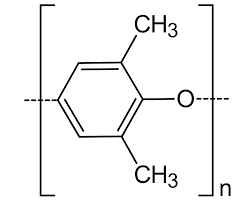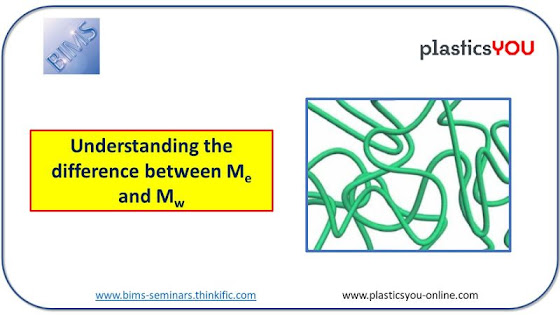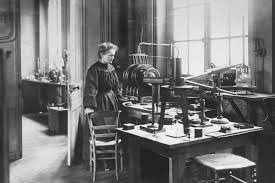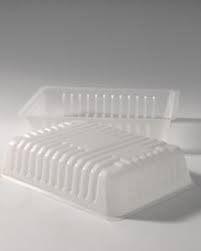TotalEnergies Corbion and Sansu to Develop PLA Water Bottle with Embossed Label

Together with TotalEnergires Corbion, Korean water producer Sansu is developing an embossed label water bottle made of Luminy® PLA bioplastics to speed adoption of recycled PLA as feedstock. This innovation is set to revolutionize recycled PLA production processes, marking a significant leap towards a more sustainable future. To Significantly Accelerate Processing of PCR PLA Bottles: Since 2019, Sansu and TotalEnergies Corbion have been engaging in post-consumer recycling of PLA. Traditionally, recycling post-consumer recycled (PCR) PLA has been a cumbersome process involving the removal of labels and caps. It is followed by crushing, cleaning, and shipping in flake form back to TotalEnergies Corbion’s Thailand plant for de-polymerization into lactic acid monomers and subsequent re-polymerization into recycled PLA. Recognizing the inefficiencies of this process, Sansu and TotalEnergies Corbion have reached an agreement to produce a 100% PLA bottle with an embossed label. This will sign





